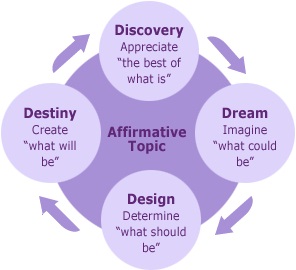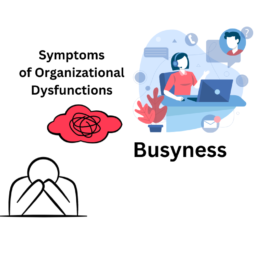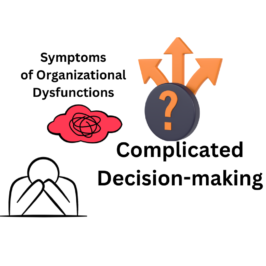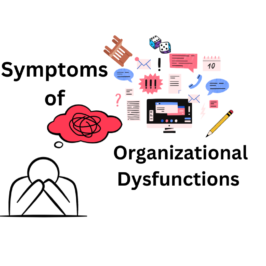Some colleagues and I submitted a proposal this week to work with an organization to create and facilitate a training process to address structural and racial health inequities. Health inequities, as you probably know, are disparities in health “that are a result of systemic, avoidable and unjust social and economic policies and practices that create barriers to opportunity.” (Virginia.gov)
Our proposal included the suggestion that we conduct ongoing meetings with organizational staff members and other stakeholders; during those meetings we would gather input toward addressing structural and racial health inequities in Minnesota. This process would then lead to a report detailing the ways in which they would begin to address those inequities. The topic is difficult, painful, and messy to tackle, especially as an organization begins to look at the ways in which they haven’t addressed the problem and perhaps even allowed its continuation.
In our proposal we suggested using a framework that we really believe in and that we’ve had great success with: Appreciative Inquiry (AI). AI focuses on positive connections that stakeholders have to the organization and to the community. It identifies the organization’s strengths and accomplishments and helps stakeholders to envision what they want in the future, building from what has worked best in order to achieve the vision. It systematically searches for the best in people, their organizations, and the world around them. AI involves the art and practice of asking questions that strengthen a system’s capacity to heighten positive potential.
The process Appreciative Inquiry is illustrated below:
We suggested using the framework in the following way:
- DISCOVER: The identification of organizational processes and goals that have worked well in other organizations and are positioned within the contexts of health equity. In this stage, stakeholders will discover and explore the need to change and/or accept the need to change.
- DREAM: The envisioning of health equity related processes that would work well for this organization. During this stage, stakeholders are facilitated and trained to assess the situation, including what they need to know in order for health equity to happen.
- DESIGN: Planning and prioritizing processes that would work well in health equity. Identified processes are prioritized.
- DO: Action steps identified, roles and responsibilities are determined and recommendations that would close the gaps in health equity are suggested.
AI can be used in a variety of settings and clients have spoken about the process in very positive terms.
To learn more about Appreciative Inquiry check out: http://appreciativeinquiry.case.edu/intro/default.cfm








